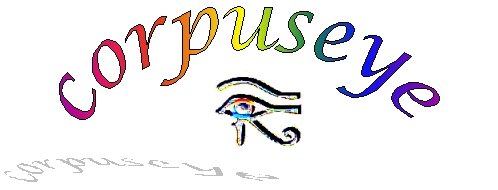

We are grateful to all organisations and individuals who have provided/licensed corpus texts for use at the Institute of Language and Communication (ISK) at the University of Southern Denmark.
Credits: For your publications or other references, please use the text and provider details listed below for the individual corpora. For annotation and site credits, see also our work credits page.
Please note that corpus search engines are meant to provide researchers with language data and statistics, not running text. Thus, ordinary copyright still holds. This implies for instance that you mustn't try to extract larger, contiguous text portions from any of the corpora.
Danish corpus sources:
Some other Portuguese texts at this site are corpus samples that have been tagged with the PALAVRAS parser for testing and evaluation purposes, in cooperation with the following research teams: